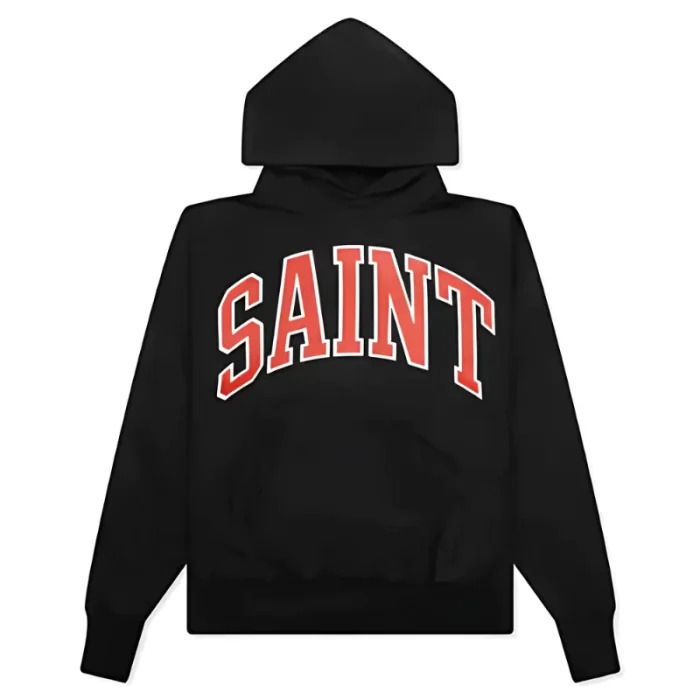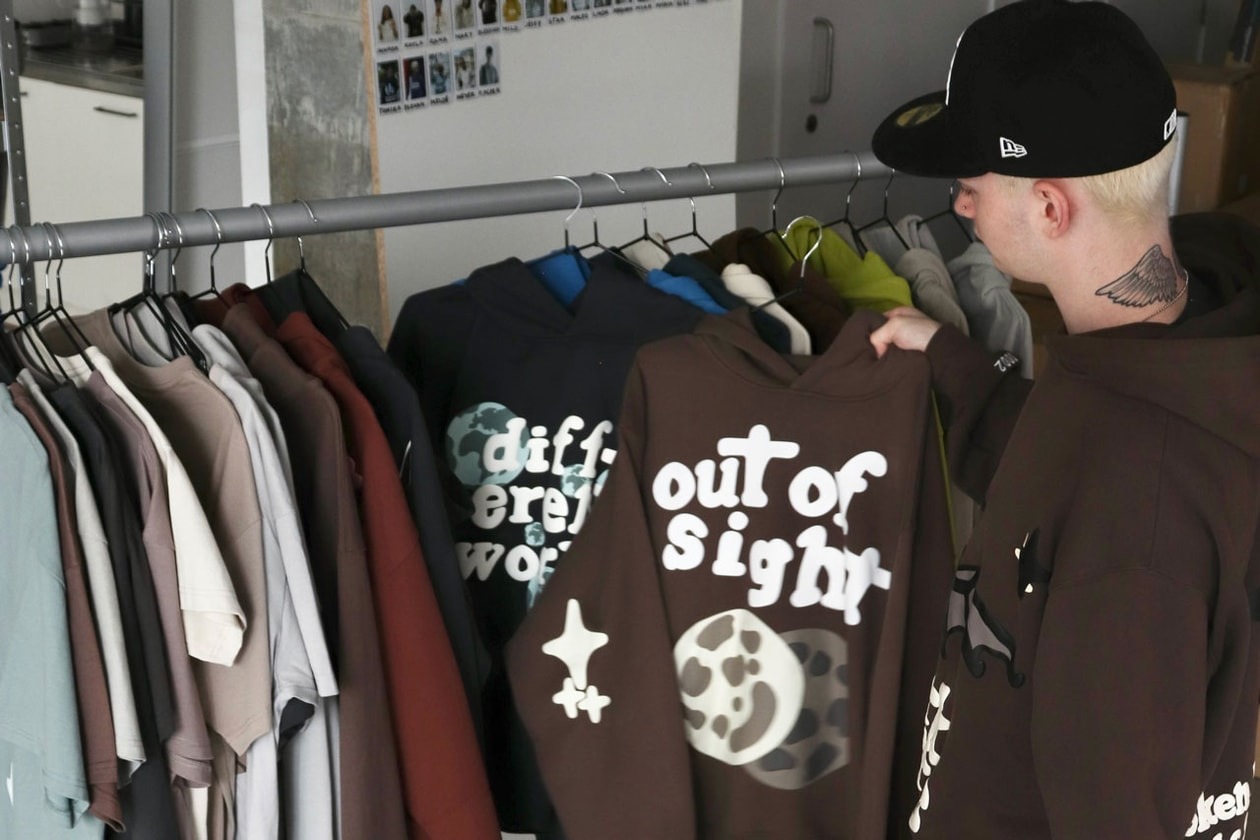Saint Michael
Saint Michael isn’t just a figure from old religious texts—he’s a symbol of power, courage, and standing your ground when life throws punches. For centuries, people have looked to him as a protector, a warrior, and a reminder that sometimes, you’ve got to fight for what matters. Whether you’re facing personal battles or just trying to make sense of chaos, Saint Michael represents the grit it takes to keep going. He’s not distant or untouchable—he’s relatable, fierce, and strangely comforting.
After spending nearly a year diving deep into stories, symbols, and meanings tied to Saint Michael, I’ve realized one thing: he shows up when things get real. There were nights I sat alone, trying to make sense of life’s mess, and somehow, every time I read about him, it felt like someone handed me a shield. I didn’t grow up with saints in my everyday vocabulary, but this one? He stuck. Not because of shiny wings or glowing swords—but because he fights fear with action.
This piece isn’t some history lesson or preachy monologue. If you’re curious why so many people still turn to Saint Michael—tattooing him on the skin, hanging him on walls, whispering his name before big decisions—you’re in for something real. We’ll talk about symbols, stories, and the grit behind the mythology. Expect insights that connect ancient wisdom to modern chaos. And maybe, just maybe, you’ll see a bit of yourself in his battle-ready stance.
So stay with me. Whether you’re spiritually curious or just in need of a little extra strength today, this story has something for you. Don’t worry—we’re skipping the fluff and going straight for the stuff that actually hits home. Let’s dig in.
Who Is Saint Michael, Really?
Saint Michael isn’t your ordinary figure with wings. He’s not the gentle guardian angel you see in soft paintings. He’s fierce. A warrior. A fighter with purpose. In ancient texts, he’s the archangel who stood up when no one else would. He led Heaven’s army against Lucifer himself and won. That’s the kind of legend that sticks around for centuries. Not because it’s flashy but because it speaks to something inside us—the will to stand up and protect what’s right.
His name means “Who is like God?” and that question alone tells you something. Michael isn’t just muscle; he’s bold faith wrapped in action. He shows up when the truth is threatened and fear is thick in the air. Whether you’re religious or not, his story resonates. Because honestly, who doesn’t want someone like that in their corner?
Why People Still Call on Him Today
Let’s be real. The world’s loud, messy, and, at times, downright exhausting. People are constantly seeking peace, protection, or simply something that makes sense. That’s where Saint Michael Clothing comes in. He’s more than a symbol—he’s a reminder that we’re not powerless.
You’ll find him hanging from rearview mirrors, inked on arms, in medallions tucked beneath shirts, and in whispered prayers before a tough day. Police officers, soldiers, single parents, struggling students—he’s become a protector for anyone fighting their own battles. People believe he watches over them. And maybe that belief gives them just enough strength to keep moving.
My Eleven-Month Journey with Saint Michael
I didn’t expect to get attached to a saint. It started as research—just casual reading. But then life happened. Things got hard. I was juggling too much, feeling pulled in every direction. That’s when I started digging deeper into Saint Michael’s story. And the more I read, the more I saw him not just as a figure of faith but as a mindset.
There were nights I felt like I was swinging in the dark, but his story stuck with me. He didn’t wait for someone else to fight. He didn’t overthink or ask for permission. He stood up, sword in hand, and got it done. That idea changed how I handled the pressure. Every time life felt overwhelming, I remembered that image. Sometimes, that’s all it takes—a story that makes you feel brave again.
Author Dashboard Link: https://freshvoicehub.com
Symbols, Imagery, and What They Really Mean
Saint Michael’s image is powerful. You’ve probably seen him standing on a serpent or dragon—usually Satan—holding a sword or spear. That visual alone says, “I don’t mess around.” But look closer, and it’s layered with meaning. The sword isn’t just about violence—it’s about truth. The scales he sometimes carries? Justice. Fairness. He’s not here to punish; he’s here to protect.
His armor represents spiritual strength. It’s the idea that even if the world throws chaos your way, you’ve got something stronger wrapped around you. People wear Saint Michael medallions not because they think it’ll magically fix everything—but because it reminds them they’re not walking alone. That’s powerful.
Why His Story Still Matters
In a world where everything is fast, noisy, and constantly changing, Saint Michael’s message stays steady: fight for what’s right. Don’t fold under pressure. Protect the innocent. Stand your ground. His story cuts through the noise. It reminds us that being strong doesn’t mean being cruel—and that sometimes the biggest battles happen quietly, inside us.
When life demands more than you think you have to give, thinking of Michael can help you dig a little deeper. That’s what makes his story timeless. It’s not about religion. It’s about resilience.
FAQs About Saint Michael
1. Is Saint Michael mentioned in the Bible?
Yes. He appears in several key places, including the Book of Revelation, where he leads the battle against the fallen angels. He also shows up in the Book of Daniel and the Letter of Jude.
2. What is Saint Michael, the patron saint of?
He’s considered the patron saint of police officers, soldiers, paramedics, and anyone in dangerous or high-risk roles. Essentially, those who put themselves in harm’s way to protect others.
3. Why do people pray to Saint Michael?
Many pray to him for protection—physical, emotional, and spiritual. His prayer is often used to ask for strength in the face of temptation, fear, or danger.
4. What is the Saint Michael prayer?
The traditional prayer begins: “Saint Michael the Archangel, defend us in battle. Be our protection against the wickedness and snares of the devil…” It’s short but powerful—and widely memorized and used.
5. Do non-religious people also connect with Saint Michael?
Absolutely. His story has universal appeal. Even outside religious circles, he represents bravery, justice, and the courage to face inner or outer demons. Plenty of people who aren’t religious at all still wear Saint Michael medals or keep images of him nearby.














1 comment